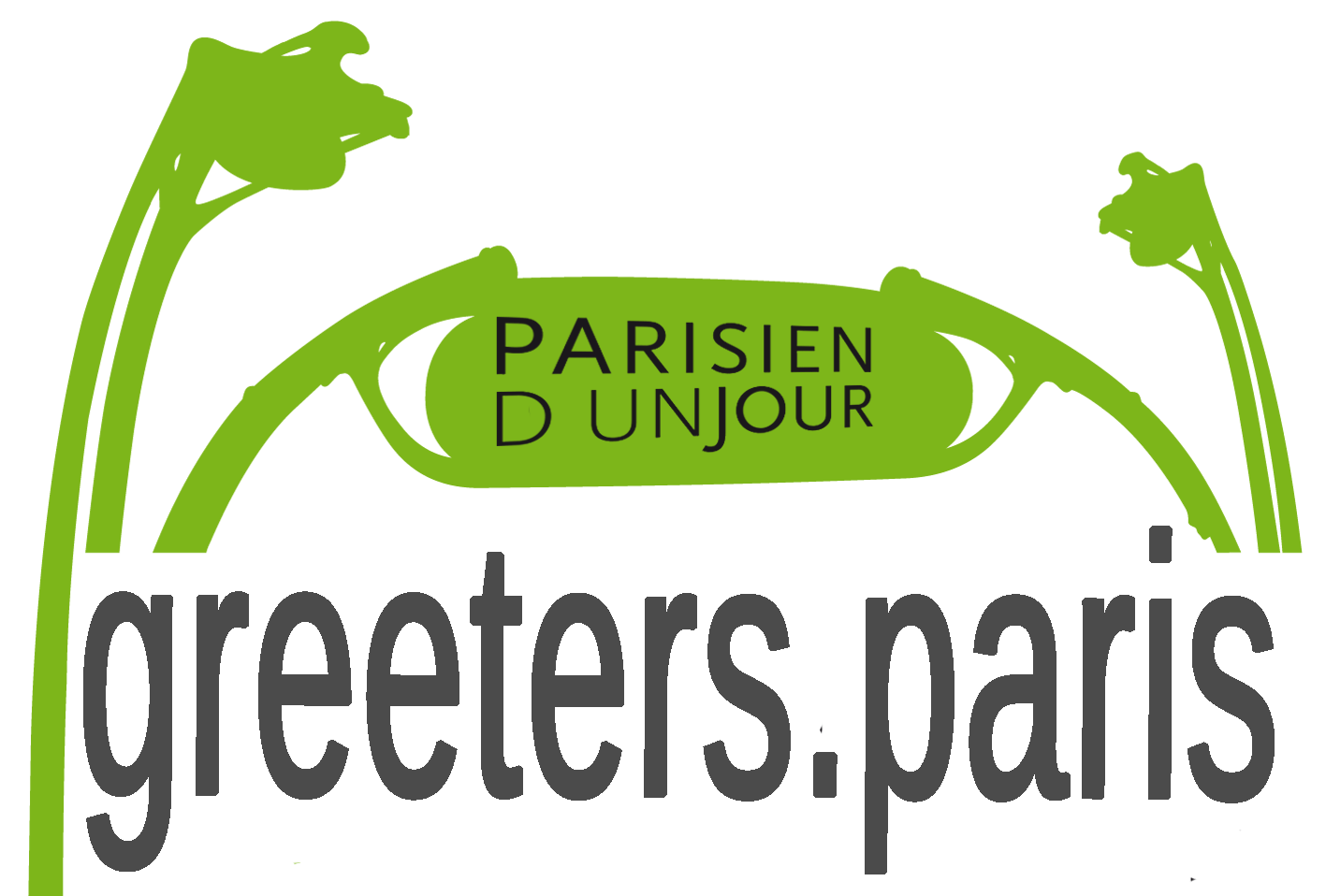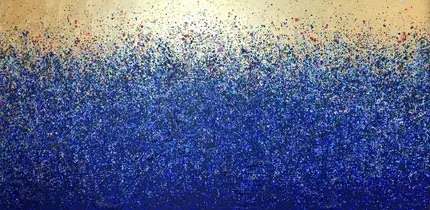The oldest,
still existing, covered market in Paris has the surprising name of « Le
Marché des Enfants Rouges » (Red Kids). The explanation is the fact that
in this area used between 1536 and 1772 to be an orphanage and the kids were
dressed in red; red was the colour representing Christian charity.
We are in
the northern part of the Marais, which in the 16th century was a newly built area in the expanding Paris. There was a need to open a market and it was
created here in 1615. Originally it got the name of “Le Marché du Marais”, but rather
soon, with reference to the orphanage and the kids, it became known as the “Marché
des Enfants Rouges”.
On a map
from 1650 we can see the market and how near it then was to the city limits. We
are close to the Temple (Le Temple) (see previous posts).
The market
was in private hands until 1912, when it was taken over by the city. It was
close to be destructed a few years ago, but was saved thanks to some associations
and the inhabitants in the neighbourhood.

One of the
side entrances to the market goes via what now is a miniature public park and a
little “jardin partagé”, a kitchen-garden where some people share the
pleasure of growing herbs, vegetables, flowers… On this little place, called
the “Potager des Oiseaux”, a dozen of cows produced, until the beginning of the
19th century, fresh milk to the inhabitants of the vicinity.
The market
is quite small, but offers of course what you find in most similar markets.
It’s also a
popular place for a lunch or a brunch. It’s closed evenings, so no dinners.
The red
colour was later rather referring to communist activities and it may be worth to
know that very close and on the same side of the street is a building which
once was very much linked to the communist movements. Lenin came here for a
meeting in 1909, it was for a while the French Communist Party headquarters and there
was a cooperative communist restaurant, where Ho Chi Minh was one of the “managers”
in the 1920’s.

































































